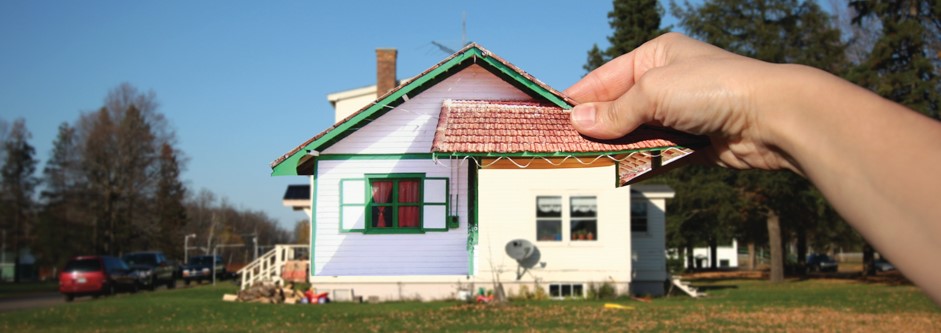When social science and art collide: How two MSU history students helped bring the Broad's latest exhibit to life
December 10, 2020 - Liz Schondelmayer
When the social sciences and the arts collide, magic happens. The Eli and Edith Broad Art Museum's most recent exhibit, InterStates of Mind: Rewriting the Map of the United States in the Age of the Automobile, is a perfect example. Combining original art pieces with historical documents, the exhibit explores the cultural significance of cars and travel - all with the help of two history PhD students, Dani Willcutt and Nick Sly.
Dani and Nick were recruited to the project due to their expertise in American culture, labor and travel. After a few interviews, the pair was brought on board to help the exhibit's curators research the history of the car, tourism and travel.
"We did a lot of research," Dani, an aspiring public historian studying American history in the 20th century with an emphasis on food and labor, reflected. "We had the background and expertise that they needed, and we were able to find more information for them."
"We knew where to look," Nick added. "Historians will tell you, when they start a project, they often don't know anything about it. It's all about knowing how to find the information you need."
Nick is studying American labor history, combined with an interest in education history and sexual and gender studies. For him, this project provided an opportunity for him to expand his understanding of American culture, and enhance his experience as a professional historian.
"I like the idea of using the car - something every American can connect with - as an entry point into talking about big historical events and time periods, as well as issues like race, gender, society and capitalism," Nick explained.
For Dani, this project was an eye-opening experience, highlighting the different career paths historians can explore. "It's been a great reminder that there are diverse options available for historians. It's really neat to consult on something where you can see a finished exhibit that people are actually experiencing, enjoying and learning from," Dani said.
"I'm really interested in being a public historian," she continued. "I grew up in Lansing, and I moved back here from the East Coast because I wanted to be a Michigan historian specifically. I want to keep working with museums and exhibits like this, so it's cool to know this is a possibility I can pursue."
The exhibit is currently on display and will remain so until April 10, 2021. The Broad Art Museum is still open to guests, but is limiting capacity through free reservations and timed entries to ensure that all visitors can maintain proper physical distancing. Viewers can also experience the exhibit virtually.
 Clarissa Tossin, When two places look alike, 2012. Courtesy the artist, Luisa Strina Gallery São Paulo, and Commonwealth Council, Los Angeles. (Photo taken from Broad Art exhibition page.)
Clarissa Tossin, When two places look alike, 2012. Courtesy the artist, Luisa Strina Gallery São Paulo, and Commonwealth Council, Los Angeles. (Photo taken from Broad Art exhibition page.)

